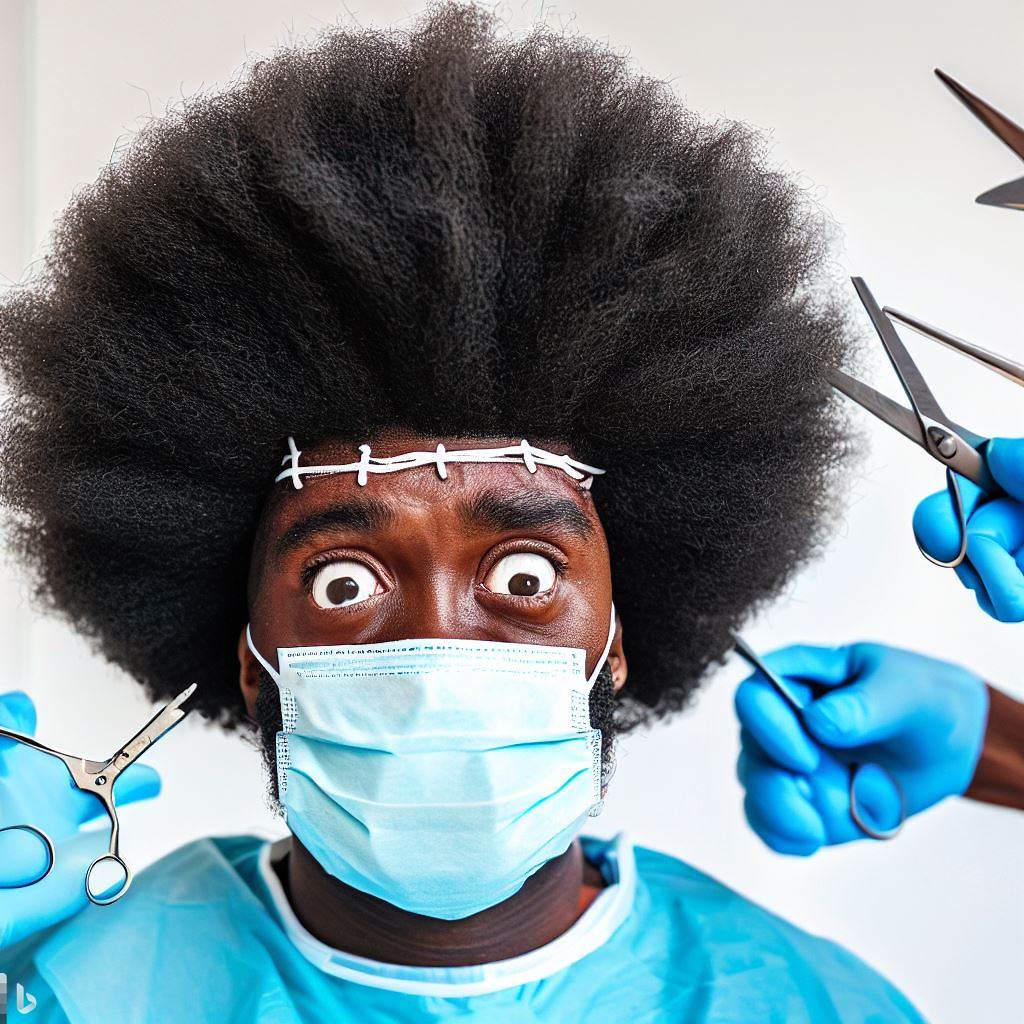
A Comprehensive Review on Surgical Techniques and Considerations for Frizzy Hair Types
Afro hair, also known as frizzy hair or curly hair, is characterized by its unique curly, coiled, or kinky texture. While hair transplant procedures have become increasingly popular for individuals with androgenetic alopecia, the unique challenges posed by Afro hair types require specialized techniques and considerations. This article provides a comprehensive review of Afro hair transplant techniques, patient selection, and post-operative care, highlighting the importance of individualized treatment plans for optimal results.
Afro hair is prevalent among individuals of African, Afro-Caribbean, and African-American descent, and it has distinct anatomical and physiological differences compared to straight or wavy hair types. The curly nature of Afro hair poses challenges for traditional hair transplant procedures, necessitating tailored approaches to achieve natural and aesthetically pleasing results.
Preoperative Assessment and Patient Selection
Before proceeding with an Afro hair transplant, a thorough preoperative assessment is crucial. Patient selection should take into account various factors, including hair density, curl pattern, donor area characteristics, and patient expectations. Assessing the scalp laxity is particularly important in individuals with tightly coiled Afro hair, as this can impact the feasibility of hair extraction and subsequent transplantation.
Harvesting Techniques
The success of an Afro hair transplant heavily relies on the harvesting technique used. For patients with Afro hair, the preferred method is Follicular Unit Extraction (FUE). This approach involves extracting individual hair follicles from the donor area (typically the back or sides of the scalp) and transplanting them to the recipient area with thinning or balding hair. FUE reduces the risk of visible scarring and allows for more precise extraction, which is crucial for preserving the natural curl pattern of Afro hair.
Graft Implantation
During graft implantation, the surgeon must carefully consider the curl direction and orientation of Afro hair. The transplanted grafts should be inserted at the appropriate angles to mimic the natural growth pattern, ensuring an aesthetically pleasing outcome. This step requires a skilled and experienced surgeon familiar with Afro hair characteristics.
Post-Operative Care
Post-operative care plays a pivotal role in the success of an Afro hair transplant. Patients should be provided with detailed instructions on how to care for their transplanted hair, including gentle handling and appropriate hair care products. It’s essential to avoid any activities that may disrupt the transplanted grafts during the healing process.
Managing Expectations
Managing patient expectations is crucial in Afro hair transplants, as the results may differ from those seen in individuals with straight or wavy hair types. The natural curl pattern of Afro hair can make the appearance of density and coverage appear different from that of other hair types, even with the same number of transplanted grafts. Open communication with the patient throughout the process is vital to ensure they have realistic expectations and are satisfied with the final outcome.
Afro hair transplant procedures require specialized techniques and considerations due to the unique characteristics of frizzy hair. An individualized approach, skilled surgical technique, and meticulous post-operative care are essential for achieving natural-looking and satisfactory results. As technology and surgical expertise continue to advance, the outlook for Afro hair transplants continues to improve, providing individuals with Afro hair types a viable and effective solution for hair restoration.








